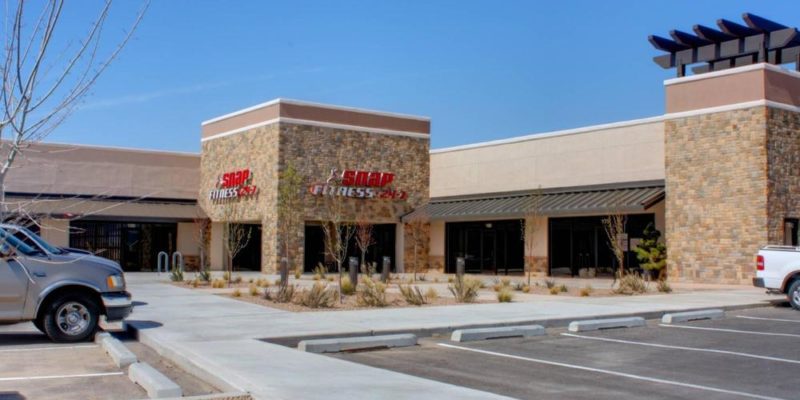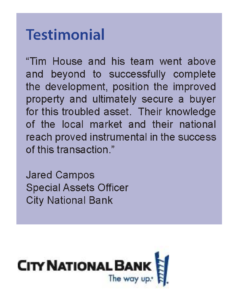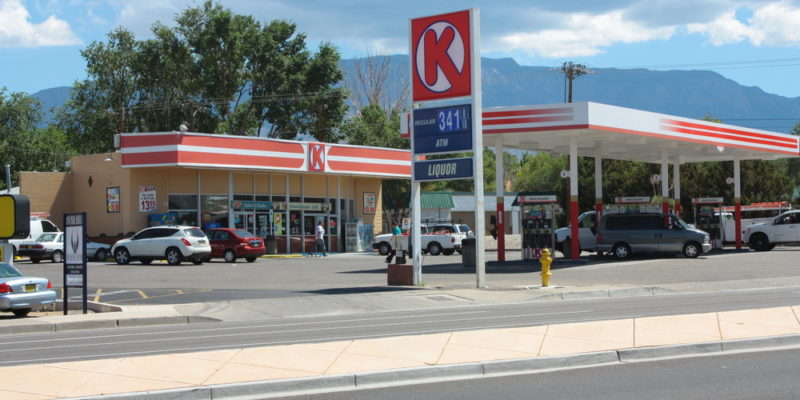Challenge
City National Bank had recently taken back an incomplete shopping center development of 28,533 square feet in a distressed market. Submarket vacancies exceeded 20% and included several unimproved properties in the area. The lender was a subsequent possessor of the note, after the first lender was taken over by the FDIC.
City National Bank engaged Sperry Van Ness/ Team Southwest to manage the completion of the construction and position the property for sale.
Action
Team Southwest assisted in securing a local contractor to complete the construction of the shopping center. They managed the improvements during the process and simultaneously created a targeted marketing plan focusing on, both public and private regional and national investors. Team Southwest strategically marketed this special asset without setting a specific market price. This creative approach resulted in securing seven offers. These offers established a market value for City National Bank to write down the existing note and identified an eventual buyer.
Results
The development of the shopping center was completed and the property was successfully sold at a 7% capitalization rate. The resulting price was well above the then going rates for similar properties. Through Sperry Van Ness / Team Southwest’s proactive, national marketing campaign a Boston-based buyer was ultimately secured.






